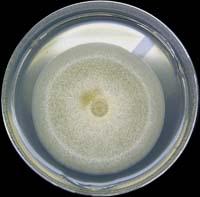I am. I am here. How much are we?
2012/05/01 Etxebeste Aduriz, Egoitz - Elhuyar Zientzia Iturria: Elhuyar aldizkaria
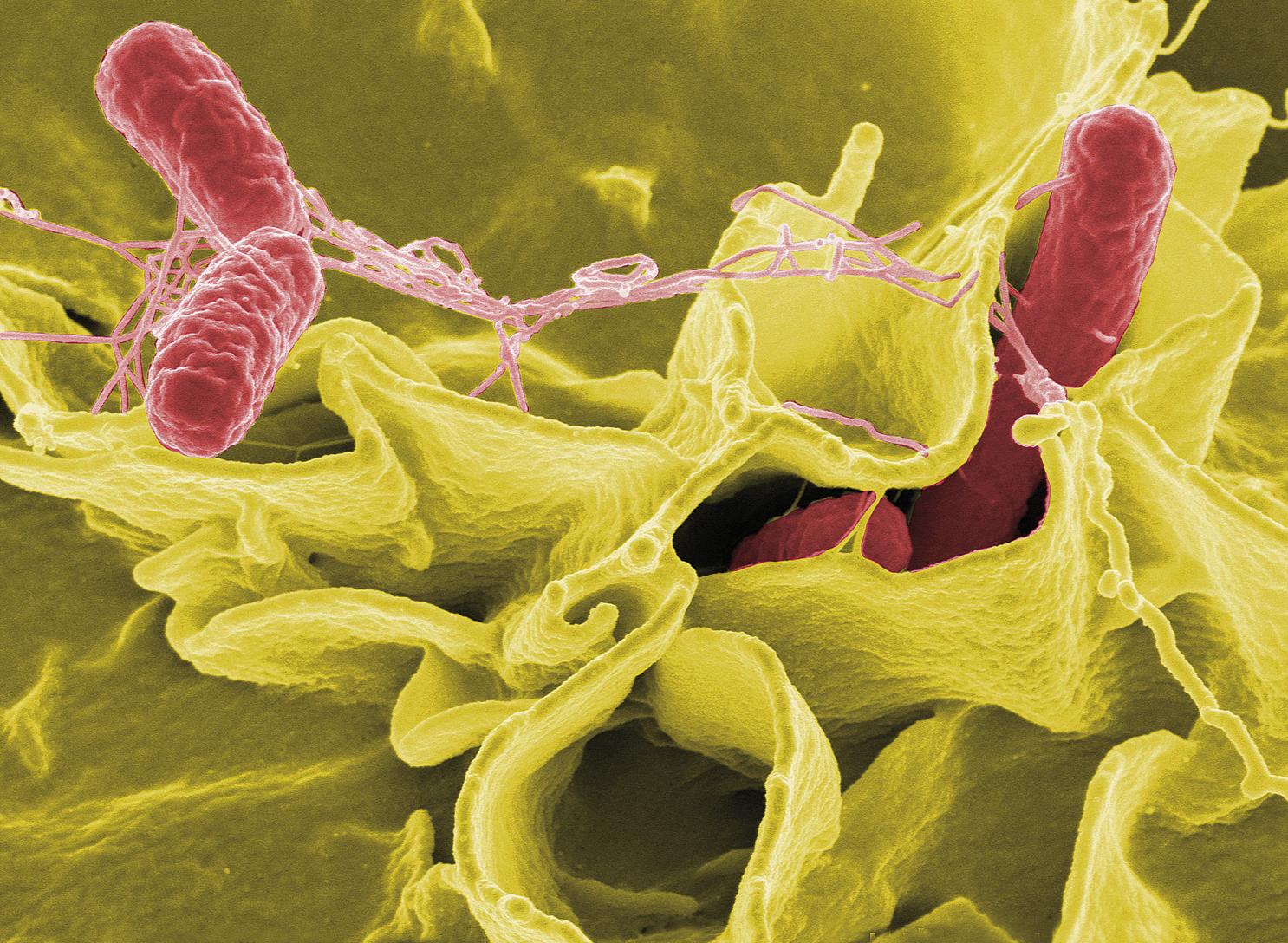
"The bacteria speak to each other. They use as word chemical products. They have such a complex lexicon that we have just begun to understand," explains the molecular biologist at Princeton University, Bonnie Bassler, at its 2009 TED conference. Bassler is one of the people who best understand the language of bacteria. He has been deciphering this language for years and trying to exploit the advantages that his knowledge can bring us.
When Bassler began to investigate the communication of bacteria, it was just a matter of curious marine bacteria. Studies suggest that these bacteria secreted chemical signals that allowed them to know each other. But for many years it was a mere anecdote until in 2001 the Bassler group showed that 30 other species of bacteria produced such signs. It was not only rare marine bacteria, but also bacteria that cause cholera, tuberculosis, pneumonia and many other diseases.
"We now know that all bacteria speak to each other," explains Bassler in his speech. What's more, it "turns communications into multicellular." "They produce chemical words, understand those words, and consequently activate group behaviors that would only succeed if all bacteria acted together."
This collective behavior hides behind many diseases. No or few bacteria can affect a person's body. Therefore, when they get into the body, they do not attack from the beginning. They wait, they begin to reproduce and, when they have formed a rather large group, it is when they attack. To do this, they must communicate, know how many they are. And for that are the chemical words. "We have a nice word for this: quorum sensing," says Bassler.
Similar but different molecules have been found in the different bacteria. Each molecule fits well in the receptor of each species, but not in that of other species. "They are private conversations," says Bassler. But the bacteria have around them numerous bacteria of other species, and Bassler discovered that the bacteria are multilingual: they have universal molecules and receptors that all contain them. In other words, besides the specific language of the species, they have an interspecific language that Bassler calls "the Esperanto of the bacteria". Thus, bacteria can know how many are of the same species and how many are of other species, and act in one way or another with or without a majority. They therefore have a quorum sensing at two levels.
Fungi also know what is around
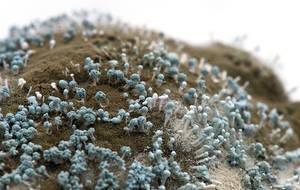
And quorum sensing not only occurs in bacteria. "This study has arrived later in the fungi", says the researcher of Biochemistry and Molecular Biology of the UPV Unai Ugalde. But fungi also have that capacity. "Unable to move, they should know if there are many rivals or rivals around to decide what to do."
Among other things, according to the message they receive with these signals, they can decide if it is a good time to create spores. At the time when Ugalde was carrying out his thesis in England, in the early eighties, he began to suspect that there should be some chemical signal producing spores. At that time, the theory indicated that sporulation was due to food stress, that is, when the fungus was left without food, it began to produce spores, disperse them and colonize them. "But there were researchers who had seen that, although well fed, they produced the spores exactly the same," explains Ugalde.
They began to look for these signals. "It took us a lot to find the first signs because they are very small." But they got it in many years; they were new compounds. The discovery was published in the journal E ukariotic Cell in 2002. Penicillium cyclopium was found to secrete a substance called conidiogenone, whose accumulation caused the production of spores.
And in another paper published this year in Chemical Biology, the mechanism of a similar signal has been clarified in the fungus Aspergillus nidulans. In this case, the message is issued by the interaction of two chemical compounds. And the message is that the fungus has come out into the air. In fact, fungi grow inside a substrate, in the subsoil, or inside fruits and vegetables, etc. And when they leave out of that substrate, in the air, they produce spores. "For fungi it is very important to know if they have gone out into the air, since you have to know if you have to continue growing or if you have to do spores."
In addition to knowing if they are in the air, it is advisable that fungi have information about their environment to decide whether they can continue to grow. "We saw that by accumulating some gases emitted by the fungi the growth of the fungus was paralyzed and sporulation began," says Ugalde. In fact, the presence of many gases means that there are many fungi around. "As the environment is full, they try to make spores to find a solution."
This work was published last year in the journal Fungal Biology. In this work, the signals between spores were also identified. It was observed that the spores secreted a volatile compound that prevented the germination of the spores when it accumulated around it. This compound indicates the amount of spores around, being the quorum sensing of the fungi. And, in some dispersion of the spores and in the decrease of the concentration of this compound, it is a sign that it is the right time to germinate the spores.
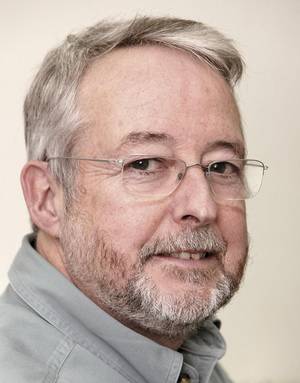
This compound is alcohol 1-oct-3-ol. "It's a universal sign," says Ugalde. "The mushrooms also have it. It is the smell that comes off when you put the mushrooms to the plate or make a fungus stir, or when you give a kick on the mountain in autumn. The fungi grow and the alcohol accumulates between the leaves".
And in addition to the universal signal, fungi also have a specific signal. For example, "this occurs in pathogenic fungi", explains Ugalde. "The fungi that damage the plants secrete very concrete signs so as not to sprout more spores around their leaf." The objective is to measure the infection, exploit well the resources of the plant, since an excess of fungi could cause a death too fast.
The messages of fungi also reach other organisms. These signs that bind to sporulation attract insects, which are a way of expansion of spores for fungi. "We see in the laboratory how flies approach when they open the pots of mushrooms," says Ugalde.
Sabotaging communications
People can also benefit from the communication of fungi and bacteria if they are able to understand them. "What if bacteria were prevented from speaking or listening? Could it not be a new type of antibiotics?" echa Bassler.
In these times when we have serious problems with antibiotic resistance, Bassler believes that next generation antibiotics can proceed that way. And in this, it is working in recent years. In a paper published in Molecular Cell in 2009, they proved able to frustrate the communication of Chromobacterium violwayne. C. violwayne found another molecule that fit into the receptor of the molecule used to express the quorum of the bacteria of its species. If these receptors are full, the bacteria can't detect the actual signal and organize the attack. C. violwayne only infects man in rare cases, but easily kills the worm Caenorhabditis elegans. With this technique, Bassler's team managed to have these worms face bacterial infection.
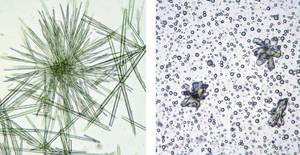
They also try to do the same with the universal language of bacteria. "It is a hope to use it as a broad spectrum antibiotic," says Bassler. And at the same time they want to get the opposite: "We want to improve the conversations between the bacteria that inhabit mutualism within you, so that the bacteria do what we want them to do for themselves."
Ugalde also has clear that knowing the language of fungi can provide interesting applications. For example, for the development of new agricultural fungicides. "Most fungicides are quite harmful," says Ugaldek-. Instead of using such toxic compounds, we intend the cultivation of fungi to stop or control using their signals." On the other hand, Ugalde also mentions questions of resistance: "In the frequent use of fungicides, resistant strains always appear. However, with their signals there is no danger that they have evolved and there is no resistance."
Some former members of Ugalde's laboratory currently work at the Biofungitek company in Derio. It is being investigated in the development and commercialization of chemical fungicides of natural origin. "We are looking for products that do not leave residues of any kind - says the Olatz Foundation of Biofungitek-- It is important not to harm bees and insects that walk through the plants".
It is expected to achieve in Biofungitek a specific and effective solution for each fungus from signs of fungi. This would have no toxicity to other organisms in the environment or to other potentially beneficial fungi.
"We grow fungi and see what they produce. Then we purify ourselves and see in what fraction is the activity that interests us", explained Fundazua. They have a robotic platform to perform these studies accurately and to investigate whether only the compounds that purify or in combination with others act. "We have seen some effects on the tests we have done, but the project still needs further development," says Fundazurik-. It's a pretty new road, that we don't know anyone is going here, and you have to open it and see where to go."

Gai honi buruzko eduki gehiago
Elhuyarrek garatutako teknologia





